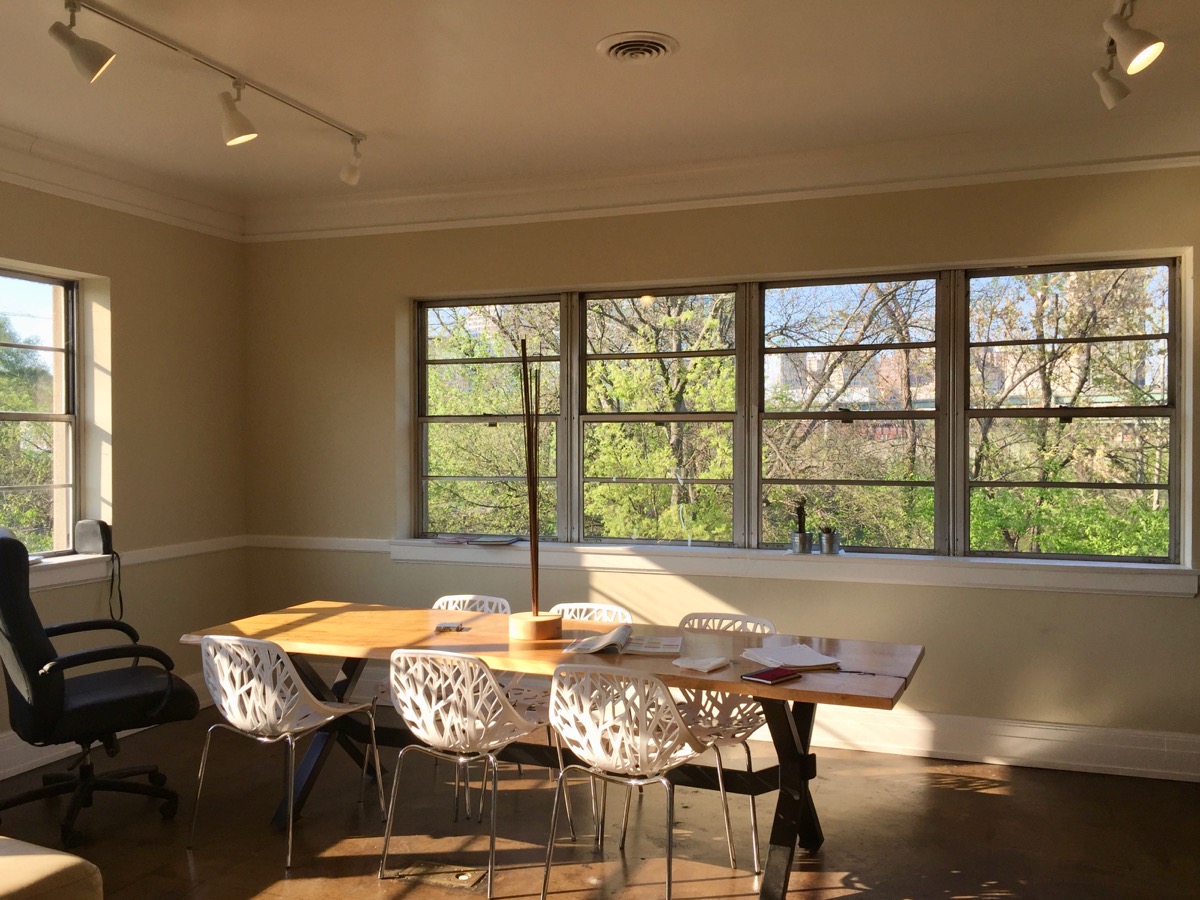VMFA外景。
弗吉尼亚艺术博物馆(Virginia Museum of Fine Arts/VMFA)是美国中部及南部州份里最早的公立艺术博物馆之一,建立于1936年。博物馆坐落在里士满市区内,是北美洲最大的艺术博物馆之一。博物馆修建于一座内战时期的城堡的地基之上,并且在上世纪90年代进行了现代化的改建,形成了如今的建筑群。
博物馆外部花园。
Artwork on view: Chloe, 2016; by Jaume Plensa (b. 1955).
作为一个综合艺术博物馆,VMFA在该类别里面排名美国前十。博物馆的常规及永久展览部分免费向公众开放,同时博物馆也举办收费的限时特别展览。博物馆会员可以享受免费停车,免费进入特殊展览,以及商店折扣等优惠。VMFA及其临近的弗吉尼亚历史社会博物馆,共同组成了里士满“博物馆区”的核心部分。该区域是一个在Fan居住区域北部的历史城区,靠近Boulevard(林荫大道)以及Carytown这两个区域。
博物馆外外景,花园以及入口。
作为一个综合艺术博物馆,VMFA将其百科全书式的永久馆藏部分划分成数个不同的策展区域。这些区域包括:
African Art:
非洲艺术,包括来自中非及北非的馆藏文物。
American art:
美国艺术,包括经典,民间及大众艺术展品。
Ancient American art:
古代美洲艺术,包括来自印第安人及南美洲古代帝国的文物和艺术品。
Ancient art:
古代艺术,包括来自古代埃及,希腊,弗里吉亚,伊特鲁里亚,罗马和拜占庭帝国的文物和艺术品。
Art Nouveau and Art Deco:
新艺术及装饰风艺术:这是博物馆的精品展区,包括了来自Hector Guimard,维也纳分离派(the Vienna Secession),Peter Behrens,和Frank Lloyd Wright的作品。
East Asian art:
东亚艺术:来自中国、日本和韩国的传统艺术品。
European art:
欧洲艺术:来自Bacchiacca,Murillo,Poussin,Rosa,Gentileschi,Goya 和 Bouguereau等人的经典及文艺复兴时期作品。
English silver:
英国银饰展览区。
Fabergé:
法贝热彩蛋:VMFA拥有世界上除俄罗斯之外最大的法贝热彩蛋馆藏,包括5枚沙俄帝国时期的复活节彩蛋。
The South Asian collection:
南亚艺术:来自印度,巴基斯坦,孟加拉,斯里兰卡,尼泊尔和西藏的艺术品。
Modern & Contemporary:
现代及当代艺术
一些馆藏作品。
Rotating Sphere (1968-69); Arnaldo Pomodoro (b. 1926);
Buddha Watching TV, 1974/1977; Nam June Paik (1932-2006);
American furniture art;
Art History Is Not Linear (VMFA), 2009; Ryan McGinness (b. 1972);
特殊展览:
除了常规馆藏展品外,VMFA还有特别的,通常是季节性的展览,展出来自馆内及其他博物馆的收藏,以及当下艺术家的作品。当前的特殊展览信息可以在 https://vmfa.museum/exhibitions/at-the-museum/ 查询。
博物馆内景。
VMFA向大众提供语音导游,家庭参观,青少年教育,艺术体验及图书馆等服务。博物馆也有面向当下活跃的艺术家及设计师的访问/客座艺术家项目。博物馆内还有公共花园和餐馆,并提供“欢乐时光”等折扣时间。在一些星期五的晚上,博物馆花园还会提供公共音乐会。
时间:
全年开放。
星期六到星期三: 10 am – 5 pm
星期四及星期五: 10 am – 9 pm
常规馆藏区免费入场。
会员年费:
个人 $60
双人/家庭 $95
学生 $10
地址:
200 N. Boulevard, Richmond, VA 23220
电话:
804.340.1400
图书馆开放时间:
星期一到星期五: 中午 – 5 pm






























































